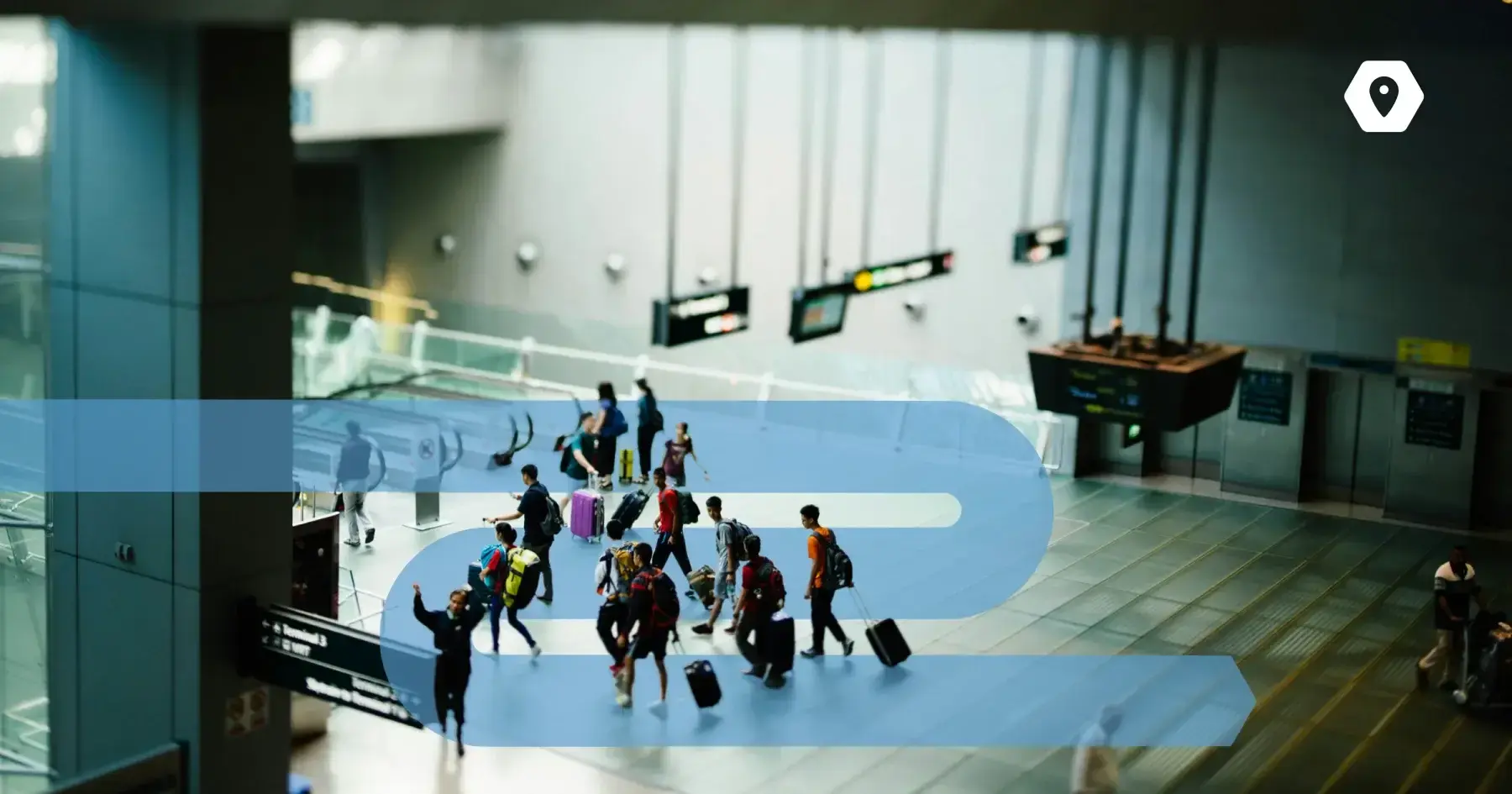Introduction
Landing in Europe with an approved visa is a huge milestone—but it’s just the beginning of your relocation journey. From registering your address to enrolling your kids in school, there are several important steps US citizens need to complete after arriving.
This article covers the essential post-arrival checklist for Americans relocating to Europe, including documents, appointments, and country-specific tips to ensure a smooth transition.
🏠 1. Register Your Address (Anmeldung / Residency Declaration)
Most EU countries require you to register your local address within a few days to a few weeks of arrival.
Examples:
- Germany: Anmeldung at the local Bürgeramt within 14 days
- Portugal: SEF registration and local municipality declaration
- Spain: Empadronamiento at city hall (Ayuntamiento)
Documents needed:
- Passport
- Visa or residence permit
- Lease or property contract
- Landlord confirmation letter (where required)
🏦 2. Open a Local Bank Account
You’ll need a European bank account to:
- Pay rent or utilities
- Receive salary
- Set up health insurance and direct debits
Documents typically required:
- Passport
- Proof of address registration
- Tax ID number (in some countries)
Popular banks for expats: N26 (Germany), Revolut, Caixa Geral (Portugal), BBVA (Spain)
🎓 3. Enroll in Health Insurance
Each country has different rules, but proof of health insurance is usually mandatory.
Examples:
- Germany: Choose public (TK, AOK) or private (Ottonova, Allianz)
- Portugal: Public coverage after registration; private plans for D7 holders
- Spain: Private insurance is required for non-working visas
Tip: If you applied with private insurance, you may need to upgrade or localize coverage.
🏛️ 4. Apply for a Tax ID Number
Your tax ID allows you to work, file taxes, open accounts, and register services.
- Germany: Steueridentifikationsnummer sent after Anmeldung
- Portugal: NIF (get it before arrival or at local Finanças office)
- Spain: NIE (Número de Identificación de Extranjero) for expats
🎒 5. Enroll Children in School
If you relocated with children, you must enroll them in local or international schools.
Tips:
- Contact schools in advance to reserve seats
- Bring translated birth certificates and immunization records
- Most countries offer both public and private school options
📅 6. Residence Permit Activation (If Issued Abroad)
Some visas allow you to apply for residence after arrival. Check your situation:
- Germany: EU Blue Card issued after arrival by Ausländerbehörde
- Portugal: SEF appointment within 120 days of entry
- Spain: Apply for TIE (residence card) at local police station
🚗 7. Transportation & Driving Setup
If staying long-term, exchange your US driver’s license where permitted:
- Portugal: Exchange within 90 days
- Germany: Some states allow direct conversion
- Spain: Driving test may be required
Also explore public transportation apps and discount transit passes.
⚡ 8. Utilities, Internet & Mobile Setup
Once you have an address and bank account, you can:
- Set up utilities (gas, electricity)
- Register for internet or cable TV
- Get a local SIM card or mobile plan (e.g., Vodafone, Orange, Deutsche Telekom)
Tip: Use comparison sites like Check24 (Germany) or ComparaJa (Portugal) to find deals.
📓 Bonus: Bureaucracy Tools
- Keep digital copies of all documents
- Use folders for tax ID, health, bank, visa, and housing
- Learn key local phrases or download translation apps
Conclusion
The first few weeks after arriving in Europe can be overwhelming, but with the right checklist, you can stay organized and get settled quickly. Whether it’s registering your address, setting up a bank account, or enrolling your kids in school, every step brings you closer to feeling at home.
Jobbatical helps US citizens navigate post-arrival steps with personalized relocation support—from airport pickup to bank setup.
Disclaimer:
Immigration laws and policies change frequently and may vary by country or nationality. While we strive to provide accurate and up-to-date information, we recommend doing your own due diligence or consulting official sources. You're also welcome to contact us directly for the latest guidance. Jobbatical is not responsible for decisions made based on the information provided.


.svg)










.svg)
